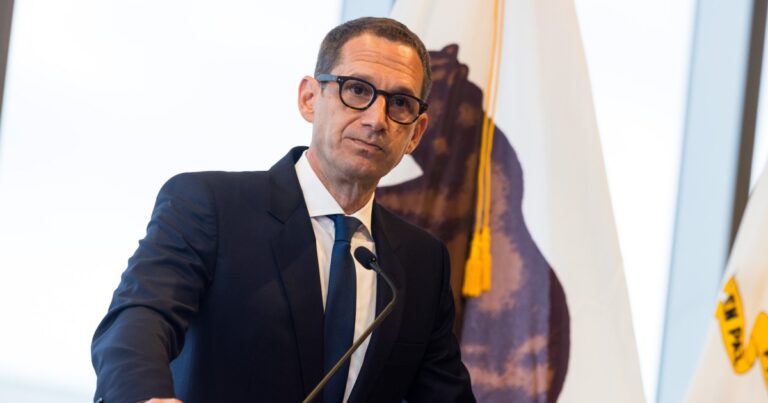San Francisco’s Budgeting Process: A Clash of Priorities
The Budgeting Timeline
In San Francisco, the budgeting process typically involves collaboration among various departments, the mayor, and the Board of Supervisors. Each year, departments submit their budget proposals by late February. Subsequently, the mayor integrates these proposals into his budget, which is then presented to the Board of Supervisors on June 1. A finalized budget must be completed and balanced by July 1, as mandated by law.
Challenges in Meeting Expectations
This year, the number of departments not adhering to the mayor’s budgetary guidelines drew considerable attention and surprise, even among seasoned observers. David Ho, a political consultant based in San Francisco, likened the situation to past instances during Mayor Willie Brown’s tenure, where assertiveness was the hallmark of leadership. “Shit, they forgot who’s the boss,” Ho remarked, suggesting a significant disconnect between department heads and the expectations of city leadership.
Budget Requests and Political Dynamics
A prominent example of the budgetary divergence is from the public defender’s office, which requested an additional $13.6 million instead of proposing cuts. This state of affairs was articulated in their budget submission to the mayor’s office, where they stated, “The Public Defender Office remains underfunded in comparison to the rest of the agencies in the City’s criminal legal system, and any cuts to the Department’s existing lean budget would have a detrimental effect on its current indispensable staffing and programs.”
The Political Landscape
The mindset among department heads appears to be strategic, as they may perceive Mayor Lurie as relatively inexperienced and more likely to defer to their guidance. They are cautious about making cuts to popular public services, such as street cleaning and transit routes, which could jeopardize the mayor’s initial rapport with constituents.



